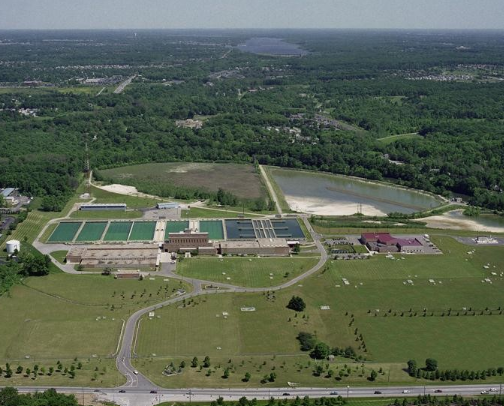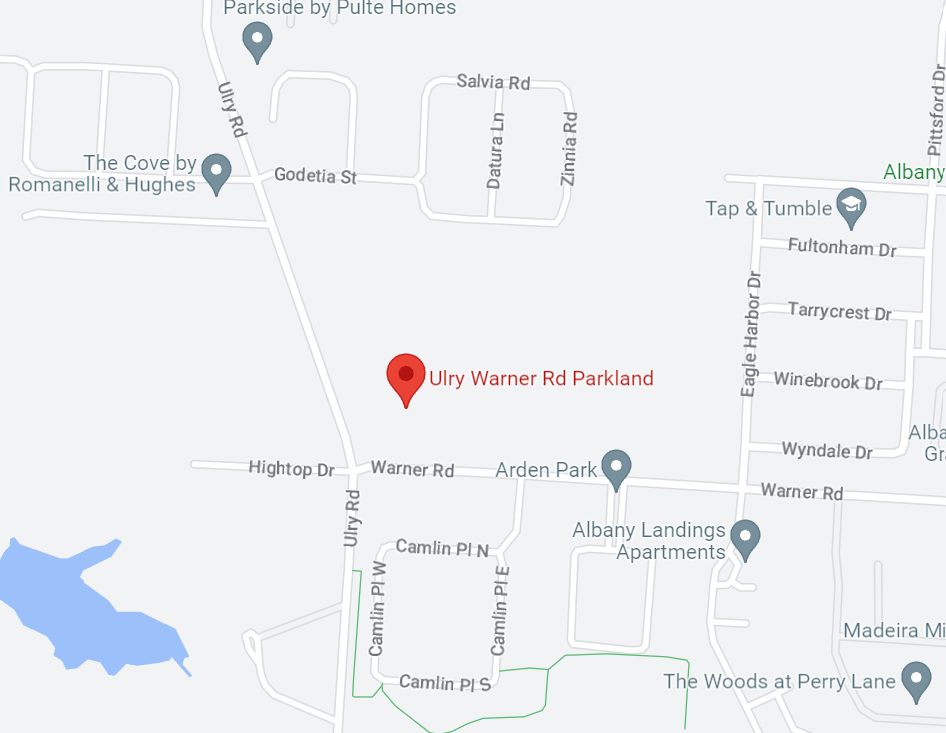Columbus to spend $31.8M to switch from chlorine gas at largest water treatment plant

In the wake of the release of toxic chemicals from derailed tanker cars in East Palestine, Ohio, near the Pennsylvania border, the Columbus City Council approved a $31.5 million project Monday to lessen the chances for a potentially deadly release of toxins from one of its own water-treatment plants.
Two of the city's three water-treatment plants still use chlorine gas to purify drinking water, disinfecting it of a variety of dangerous and disease-causing germs. While the chemical makes water safe, a large gas release into the air could be a public-safety emergency.
The problem: chlorine gas in its pure form is highly toxic, potentially threatening plant workers and even surrounding residential or commercial neighborhoods. The gas was used as a chemical weapon during World War I. According to the Centers for Disease Control and Prevention, low exposure levels of it can result in nose, throat and eye irritation, while breathing in high levels may severely damage the lungs.
"The potential threat of an accident or intentional release of chlorine gas will be mitigated with this project," Council President Pro Tem Rob Dorans said Monday of the $31.5 million conversion project at the Hap Cremean Water Treatment Plant, located off Morse Road, east of I-270 and Easton Town Center.
Hap Cremean, built in 1954, is the largest water treatment plant in Greater Columbus. A surface water treatment plant, Hap Cremean draws raw water from the Big Walnut Creek downstream of the Hoover Reservoir and can provide up to 125 million gallons of water daily to approximately 500,000 customers across a service area generally consisting of the northern half of Franklin County and a portion of southern Delaware County, according to the city's Public Utilities website.
The new system replaces chlorine gas with sodium hypochlorite, better known as bleach, although in a more concentrated form than the bottles sold in grocery stores as a laundry additive. But the two treatments kill waterborne germs the same way.
Bleach costs about the same as the gas but is safer to handle and easier to use, according to an informational document from the city Public Utilities Department. The gas "is heavier than air and could pose a threat to nearby buildings" if leaked, and while plants generally are designed to be able to contain smaller leaks, massive leaks from the one-ton cylinders that contain 99.99% pure liquified chlorine gas could spread to the surrounding areas, the document said.
In 2005, a 42-car train wreck in the center of Graniteville, South Carolina, released large amounts of chlorine gas, killing nine people and putting 15 in intensive care units at local hospitals for days. A total of 72 people were hospitalized, 851 were treated, and more than 7,000 people were told to shelter in place, according to the Associated Press.
"This conversion will enhance safety beyond the significant standards already there," said George Zonders, a spokesman for the city Utilities Department.
Hap Cremean will become the second city water treatment plant to make the conversion, following the Dublin Road Water Plant, west of Downtown near the Scioto River, which was reconstructed in 2008. The city is currently taking bids to convert its Parsons Avenue water plant south of I-270 on the Far South Side, which will make the citywide switchover to the new system complete, Zonders said.

In other business, the Council:
Passed a $1.16 billion 2023 operating budget that Council announced it had amended from Mayor Andrew J. Ginther's proposal to "include $23 million of additional Council priorities focused on safe and healthy neighborhoods, affordable housing, and good jobs."
"This is a massive package of investments in our future," Council President Shannon Hardin said, one that "addresses many of the key issues that our community faces."
Approved a $44,800 a year expansion of the city "ShotSpotter" gunshot detection program into the Wedgewood Village Apartments, the Hilltop apartment complex where 13-year-old Sinzae Reed was fatally shot in October and where gun violence has been common.
But not before Hardin asked the Public Safety Department to respond to a speaker's comments that the system is so sound-sensitive that other cities have used it to listen in on nearby conversations. Public Safety Deputy Director Tim Williams responded that he would check into whether Columbus police officers ever are afforded recorded conversations from the private firm, which the city has spent almost $3.6 million with since 2018, and report back.
Business Insider reported in 2015 that police in other cities had obtained voice recordings from ShotSpotter, but that it wasn't designed for that purpose.
On Tuesday, the department responded that the an independent audit "concluded that the risk of voice surveillance is extremely low." The system is activated only by loud noises similar to gunshots, and records for only seconds, and all audio is recorded over every 30 hours.
Approved $10.72 million to construct amenities for Ulry-Warner Parkland Improvements Project, a new 53-acre park that the city says will serve thousands of residents in one of the fastest-growing parts of the city, the Northeast Side near New Albany. The city acquired the site in 2013. Improvements include athletic fields, walking paths, natural play spaces, and hard courts for pickleball.
"We are ready to get started on this park," said Bernita Reese, city Recreation and Parks Director. "We think it is an asset as this community has grown."

wbush@gannett.com
@ReporterBush
This article originally appeared on The Columbus Dispatch: Columbus spending $31.8M to switch from chlorine gas at water plant

